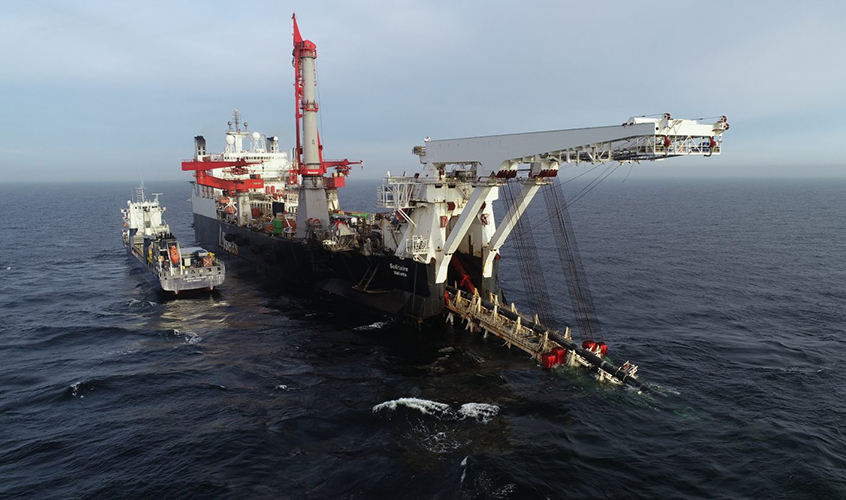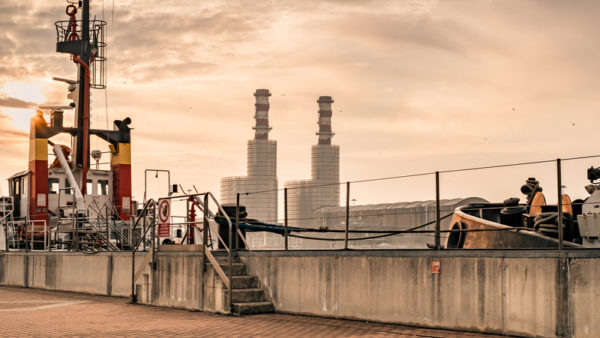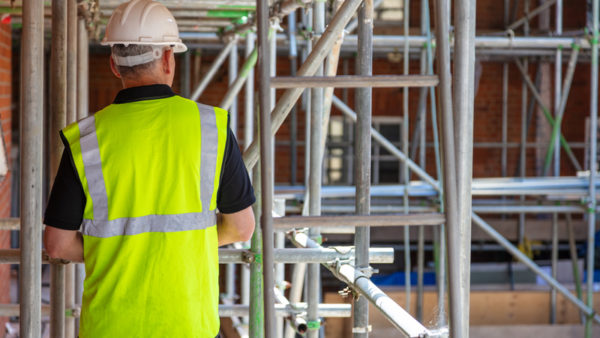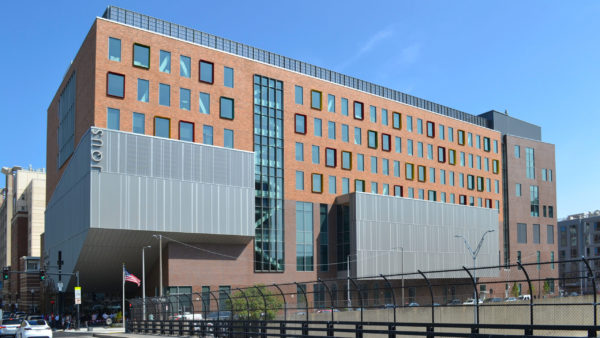After the approval process dragged on for more than two years, Nord Stream 2 AG, the company building a €9.5bn pipeline to carry natural gas from Russia under the Baltic Sea to Germany, has withdrawn its application to lay pipe in Danish territorial waters.
Of the four European countries whose approval is needed for it to cross their territory – Finland, Sweden, Denmark and Germany – only Denmark has so far withheld permission.
The company, owned by Russia’s Gazprom, will now press for two other routes that are within Denmark’s economic exclusion zone but outside its territorial waters.
The obstacle is the Danish island of Bornholm, which lies roughly halfway between the coasts of Sweden and Poland. Nord Stream 2 AG’s two back-up routes, already submitted to Denmark for approval, give the island a wider birth to the north and south.
Because they skirt Danish territorial waters, these routes do not need the assent of Denmark’s foreign affairs minister and Denmark would be obliged to give approval under the United Nations Convention on the Law of the Sea, provided the pipeline meets environmental and ship safety standards, the company contends.

Allseas’ vessel Solitaire laying Nord Stream 2 pipe in Swedish waters (Allseas)
"We felt obliged to take this step because in more than two years since we filed this application, the former Danish government has not given any indication of coming to a decision," said Matthias Warnig, Nord Stream 2’s chief executive.
"But both Nord Stream 2 and our investors need legal certainty and protection of legitimate expectations, which means a transparent and predictable decision-making process, especially against the backdrop of the advanced construction progress in the waters of the four other countries through which the pipeline stretches."
The €9.5bn cost of the 1,230km pipeline is split 50:50 between Gazprom and European investors Royal Dutch Shell, Austrian energy group OMV, French energy firm Engie, and German companies Uniper and Wintershall Dea.
When complete, possibly by the end of next year, the line is expected to transport 55 billion cubic metres of gas to the EU, doubling the amount of Russian gas in Europe and providing enough energy to run 26 million homes. This will compensate for continuing declines in North Sea production, which Nord Stream says will halve by 2035.
The project has been one of the most controversial in recent European history, with Germany joining Russia to promote the line, whereas the US, the Ukraine and European countries such as Poland and Lithuania are against it, arguing that it will make Europe more vulnerable to Russian pressure.
To date, about 60% of the pipeline has been laid.
Image: Nord Stream 2 AG’s map of routes around the Danish island of Bornholm










